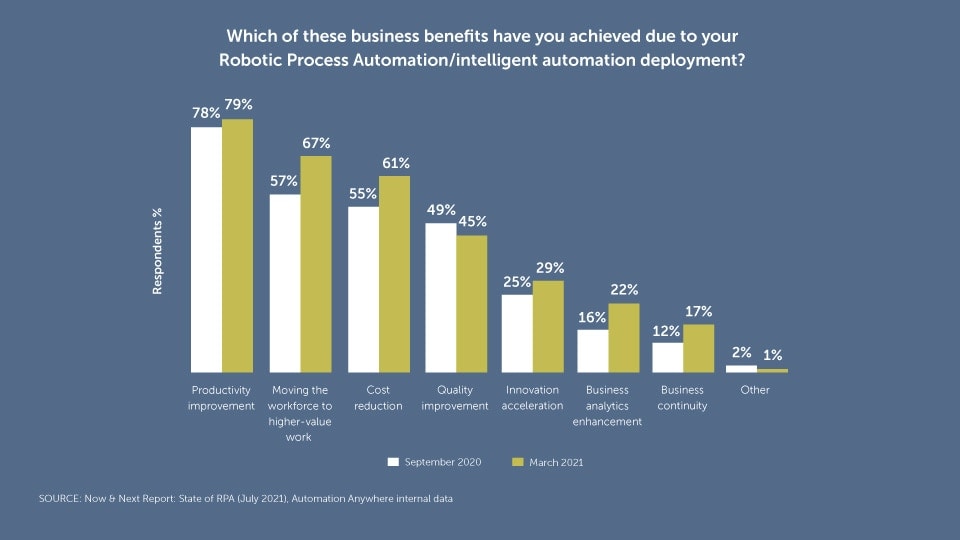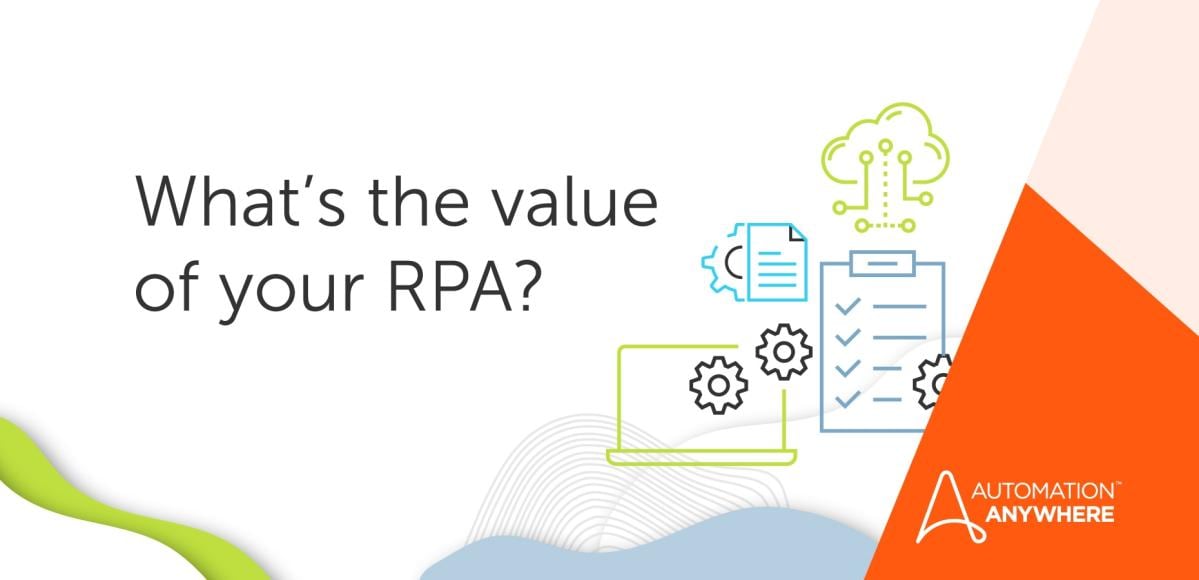- Login
- Search
- Contact Us
-
Have a question? Our team is here to help guide you on your automation journey.
-
Explore support plans designed to match your business requirements.
-
How can we help you?
-
- AI
AI Without the Hype From pilot to full deployment, our experts partner with you to ensure real, repeatable results. Get Started
- Automation Anywhere AI
-
- Solutions
Featured Agentic Solutions
Accounts Payable Invoice automation—No setup. No code. Just results. Accounts Payable
Customer Onboarding Scale KYC/AML workflows. Customer Onboarding
Customer Support Keep queues moving, even at peak load. Customer Support
Healthcare RCM Revenue cycle management that runs itself. Healthcare RCM
- Products
Platform Features
- Agentic process automation (APA)
- Robotic Process Automation (RPA)
- View all Products
-
- Resources
Get Community Edition: Start automating instantly with FREE access to full-featured automation with Cloud Community Edition.
Featured
 Named a 2025 Gartner® Magic Quadrant™ Leader for RPA.Recognized as a Leader for the Seventh Year in a Row Download report Download report
Named a 2025 Gartner® Magic Quadrant™ Leader for RPA.Recognized as a Leader for the Seventh Year in a Row Download report Download report- Become an Expert
- Developer Tools
- Get Support
- View all resources
-
- Partners
Find an Automation Anywhere Partner Explore our global network of trusted partners to support your Automation journey Find a Partner Find a Partner
- Find a Partner
- For Partners
-
Blog
How to More Accurately Calculate RPA ROI
RPA done correctly delivers ROI. High ROI. The average ROI achieved by businesses, according to Automation Anywhere’s most recent Now & Next report, is 250%, typically paid back within six to nine months after deployment. Top performers—those companies that followed industry best practices—received an average of 380% ROI on their RPA investments. These numbers speak to the business value of RPA technology.
But how do you measure ROI? There are many ROI calculators that attempt to walk you through a series of questions that supposedly will reveal break-even points and the total cost of ownership (TCO). But the fact remains that ROI for RPA is a nebulous thing, difficult to capture precisely. Attempting to apply a simple formula usually won’t work.
Difficult to apply
There is a simple ROI formula. It’s just difficult to apply it to RPA.
You calculate ROI by subtracting the initial value of your investment from the final value of the investment. This is called the net return. You then divide the net return by the cost of the investment and multiply by 100. Voila!
Let’s make it even simpler. Let’s say you take the total value you received from your investment in RPA and divide it by the total cost of implementing RPA.
You can probably see what the problem is. Measuring the costs can be complicated if you want to do it precisely, but it can be done. But the “total value” is not easy to calculate with RPA because it consists of both hard financial returns (good) and intangible, indirect returns (difficult to capture precisely).
Let’s consider costs and benefits metrics in turn.
Measuring the cost
This can be done because it consists of four basic, quantifiable things:
- The cost of the RPA solution (add up licensing, subscription, maintenance, etc.)
- The cost of extra infrastructure (the cost of the hardware, software, and networking infrastructure required to support the RPA solution)
- The cost of development (the cost of development tools plus the time of developers, business analysts, and users to analyze, redesign, and automate the process or processes in question)
- The cost of ongoing maintenance (add up the time of personnel needed to monitor and maintain the RPA software multiplied by their fully loaded cost to your business)
This takes attention to detail, but it has to be done.
Measuring the return
Measuring the return is more difficult because of the intangible benefits RPA offers.
Take the example of a hard financial return: By automating a business process, you saved the equivalent of one full-time employee’s (FTE’s) time for a year. You calculate the dollar value of that return by finding out the “fully loaded” annual cost of an FTE (fully loaded means including benefits, taxes, retirement plans, and all other costs). There you have it: $50,000. Or $100,000. Or whatever. That’s a nice hard number.
But here’s an example of an intangible return: Your employees are happier because they’ve gotten rid of drudge work and are free to do higher-value work. How do you measure happiness? And how do you assess the value of employee activities that are perhaps more strategic to the business? How do you measure the benefit of a better decision being made?
Measuring the most intangible benefits desired from RPA
Although reducing costs can be a driver for deploying RPA, today, most businesses are after the more difficult-to-measure benefits. In Automation Anywhere’s Now & Next report, productivity improvement was the No. 1 reported benefit, followed by moving employees to higher-value work. Cost reduction came in third, followed by quality improvements.

Here are the definitions of the most popular RPA benefits:
- Productivity: Can workers achieve more in the same amount of time?
- Quality: Are there fewer errors?
- Efficiency: Can tasks be completed faster (or perhaps eliminated)?
- Employee satisfaction: Are employees happier?
- Customer experience: Are customers getting a better experience?
- Business agility: Can the company adjust to changes in the market more quickly and effectively?
- Business continuity: Can the business keep operating no matter what happens?
So perhaps you can’t get a precise reading on the ROI of having more satisfied employees. But you can identify key performance indicators (KPIs) and use them as “proxies” or stand-ins.
Finding the suitable proxies for KPIs
For example, take business agility. How do you measure the dollar benefit of that? You might decide that a good proxy for agility is the number of new apps your development team is able to create in a given period, say a month. Or perhaps it’s the number of new customers you acquire during that same period and the total revenue they bring in. Or perhaps the financial value of new partnerships you’ve signed.
For customer experience, you could use churn as a proxy for whether you’re getting better—lower churn, greater quantifiable benefit. For quality, you could add up the number of errors and what it cost to fix them in terms of people time and infrastructure cost. You could even find a proxy for the fact that your reputation improves in the marketplace as the result of producing higher-quality goods or services.
Determine your KPIs before you begin
It’s essential that you determine upfront what you want to measure. Get a baseline. To measure efficiency, for example, assess how many FTEs it takes to finish a targeted task or process as a “before” snapshot. Then, measure again after the RPA bots are deployed. Or get a before picture of how many invoices can be processed by your account receivables team in a week. Then, get the after picture to get your quantifiable productivity number.
You can use whatever metrics make sense, given your business. But make sure to do it before you begin your RPA implementation. Given the initial baseline of productivity and efficiency, employee happiness is the first important step.
Calculating your ROI has many benefits
You’ll almost certainly find that implementing RPA delivers huge benefits to your employees, your customers, and your business. You probably assumed that. But it’s nice to have confirmation in solid numbers.
To evangelize RPA, you need sound statistics and proof. Also, you need to know what’s working and what’s not in your RPA initiative. No matter if you’re pleasantly surprised or disappointed in the ROI measures you calculate, you’ll have valuable information that you can use going forward to improve the program. And that’s good for all concerned.
Learn How Top Performers Achieve High ROI.
About Automation Anywhere Staff
Get to know the Agentic Process Automation System.

For Students & Developers
Start automating instantly with FREE access to full-featured automation with Cloud Community Edition.



